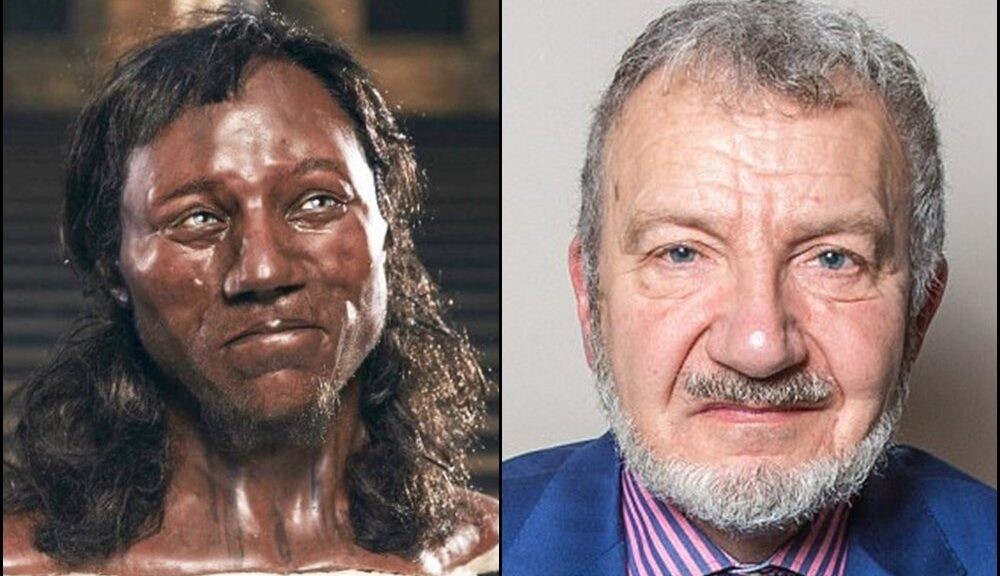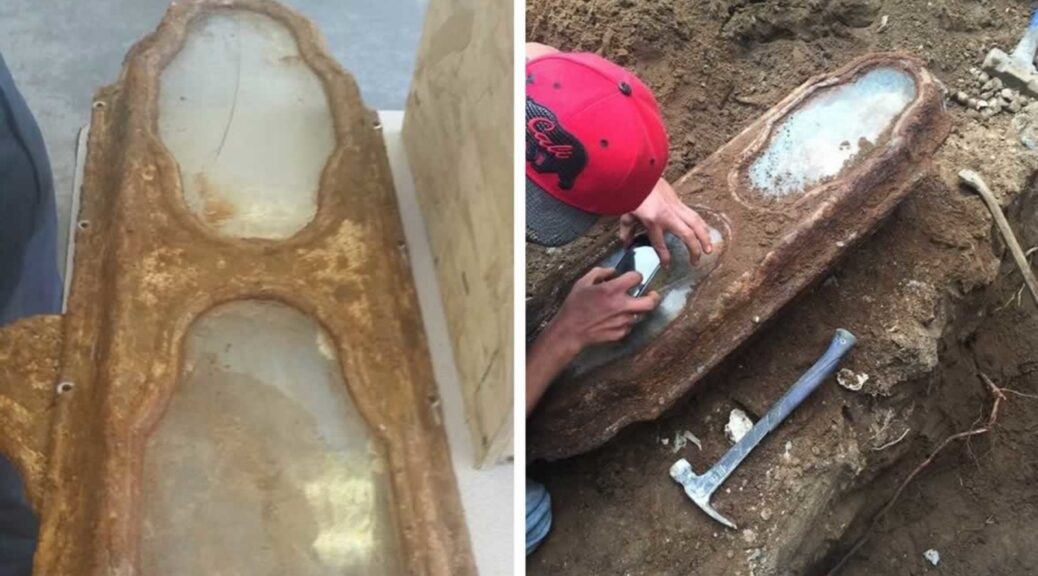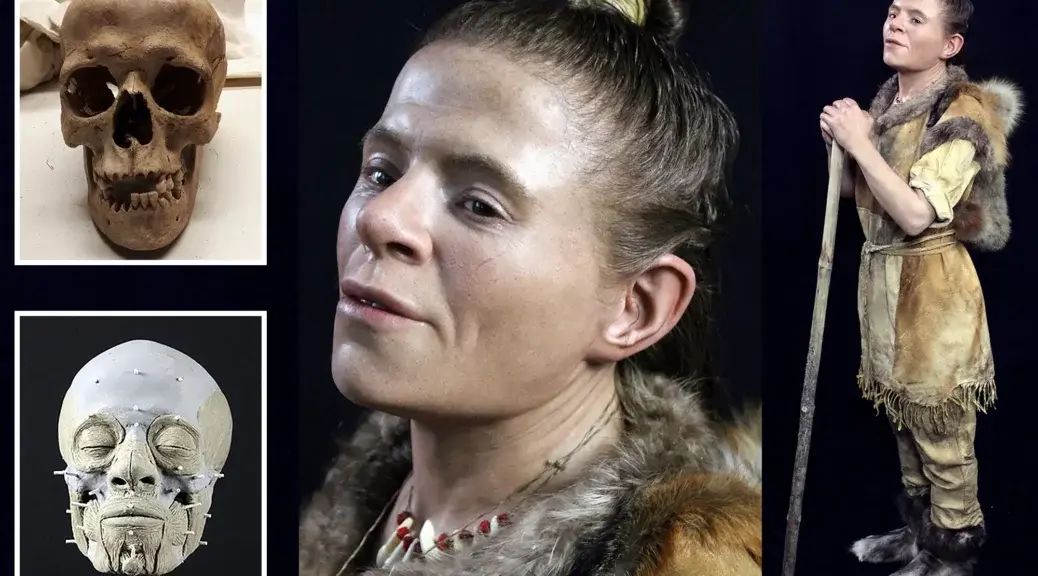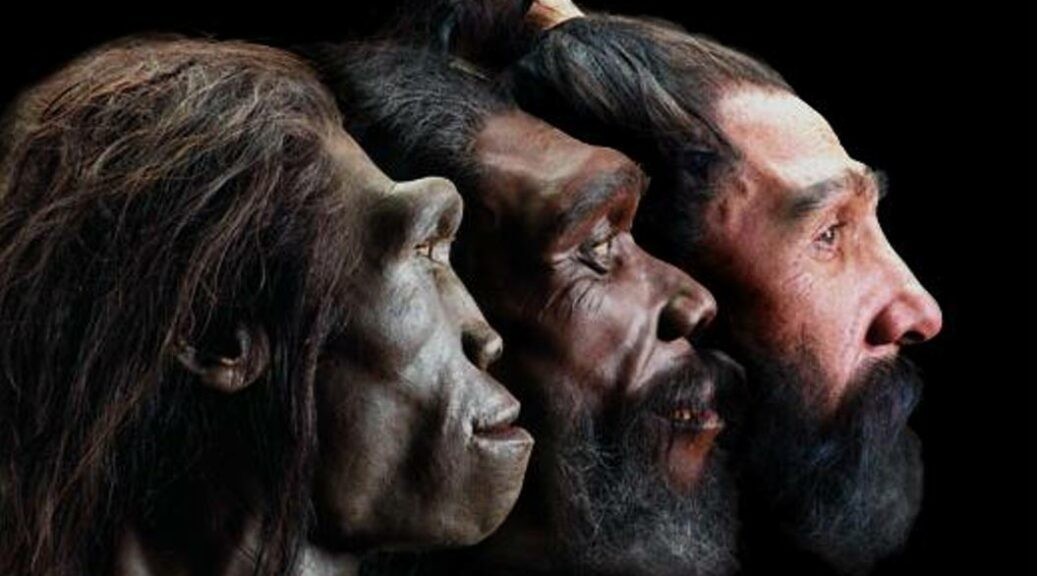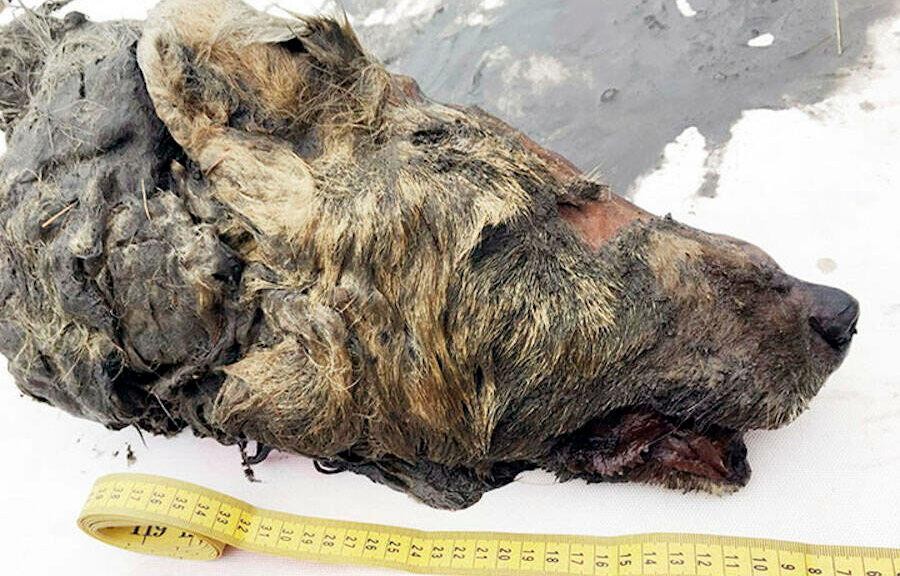Carved stone pillar found on B.C. beach identified as an Indigenous artifact
A carved stone pillar found at low tide on a beach in Victoria last summer is an Indigenous cultural treasure, the Royal B.C. Museum has confirmed.

The museum is working with the Songhees and Esquimalt First Nations to determine the most suitable home for the pillar carved with the features of a face, Songhees Chief Ron Sam said in an interview on Wednesday.
Over the years, many artefacts have been unearthed in the area, he said, but nothing has matched the 100-kilogram stone pillar.
“I can’t wait to find out more information from our elders,” said Sam, noting interactions with elders are limited now because of the COVID-19 pandemic.
He said Songhees and Esquimalt elders will guide the decision-making around whether and how the stone pillar may be displayed publicly.
A local resident, Bernhard Spalteholz, received a tip about the carved stone found along the beach below Victoria’s Beacon Hill Park last July and shared pH๏τos with the museum, said the museum’s archaeology curator Grant Keddie.
“I right away realized, my gosh, this is exciting,” Keddie said of the find.
Spalteholz did the right thing by contacting the museum to ensure it would be properly cared for, said both Keddie and Sam.

Pillar may have stood at the edge of a cliff
Conservationists worked to protect the integrity of the stone, which was covered in algae after being submerged in seawater, said Keddie.
He speculates the pillar once stood near the edge of a cliff above the beach where it was found until parts of the cliff came down in a landslide.
“I think possibly some storm had turned [the stone] up,” he said. “It may have been buried further out to sea covered with seaweed and maybe only in recent years was shifted up onto this beach and then exposed.”
Radiocarbon dating is effective only on organic items such as bone and wood, but written and oral histories can provide insight into the stone’s significance, said Keddie.
It’s very likely a special stone that was used in rituals and ceremonies, he said, explaining that Coast Salish peoples had “weather specialists.”
They were believed to have “special powers to draw the salmon in when they were late, or you could undertake rituals [with] certain stones to change the weather to make it good for fishing, to make it worse for your enemies,” he said.
The stone could be the same one mentioned by Lekwungen elders to German-American anthropologist Franz Boas in the late 1800s, said Keddie.
“Indigenous elders told this very brief little one-liner about these stone figures down near Finlayson Point, right where this thing was found.”
The location of the discovery matches Boas’ description of that figure as being “not far” from the military gun batteries once found nearby, he said.
“I always wonder, are there more of them out there?” Keddie added.
